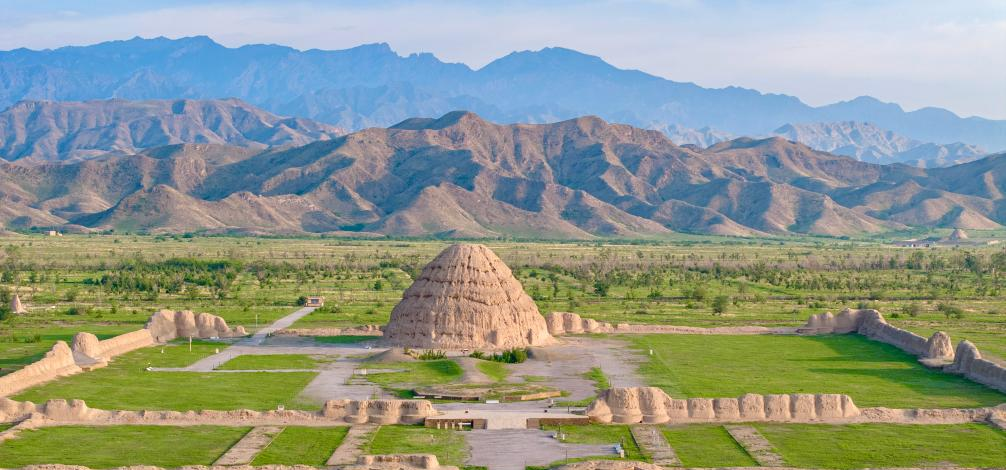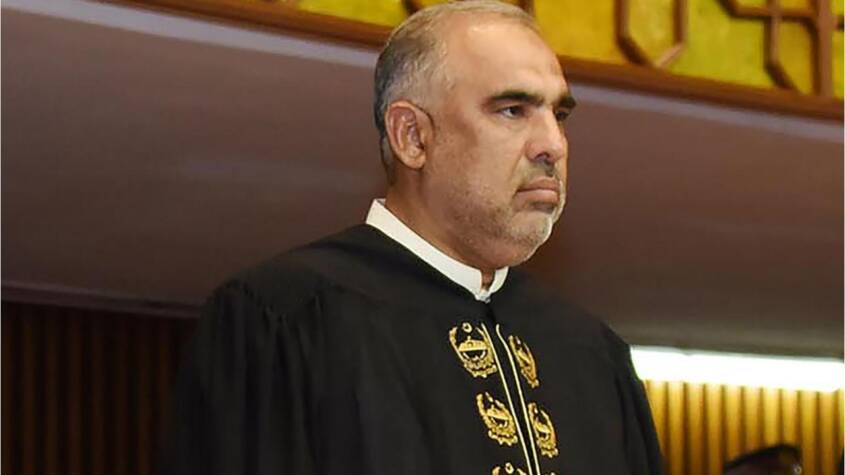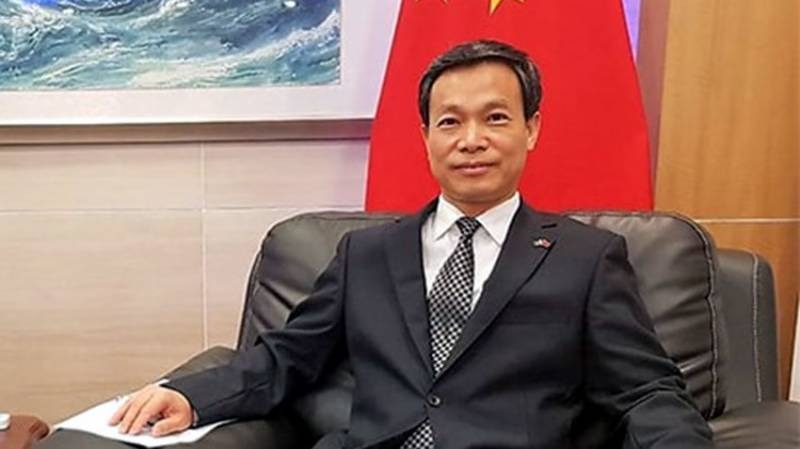China’s Xixia Imperial Tombs were officially added to the UNESCO World Heritage List on Friday during the 47th session of the World Heritage Committee held in Paris, France.
This inclusion brings the total number of World Heritage sites in China to 60, further highlighting the country’s rich historical and cultural legacy.
The Xixia Imperial Tombs date back to the Xixia Dynasty (1038–1227), established by the Tangut people in northwestern China. These tombs represent the imperial burial tradition of that era.
Spanning nearly 40 square kilometers, the site includes nine imperial mausoleums, 271 subordinate tombs, a northern architectural complex covering 0.05 square kilometers, and 32 flood control structures.
It is recognized as the most extensive, best-preserved, and highest-ranking archaeological site from the Xixia Dynasty still in existence today.
The World Heritage Committee praised the site as a symbol of cultural blending and interaction, reflecting the Xixia Dynasty’s significant contribution to trade and cultural exchanges along the Silk Roads between the 11th and 13th centuries.
The Committee also acknowledged China’s efforts in preserving and managing the Xixia Tombs as a model of cultural heritage protection.
Rao Quan, China’s vice minister of Culture and Tourism, reaffirmed the country’s commitment to upholding the World Heritage Convention. He pledged continued efforts to enhance the integrated protection of cultural and natural heritage and to raise conservation standards.

Related Posts

















